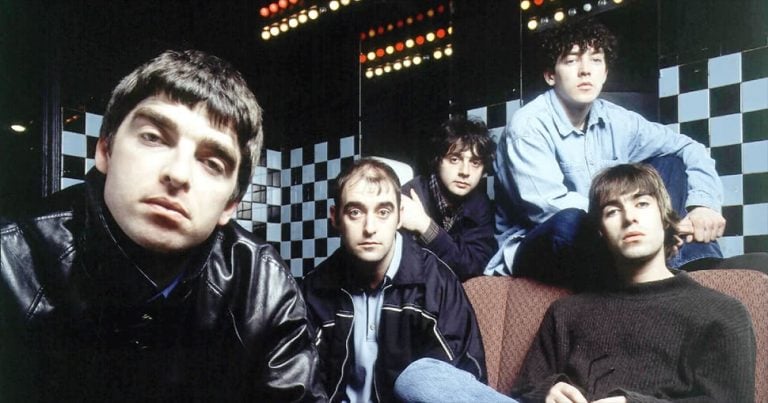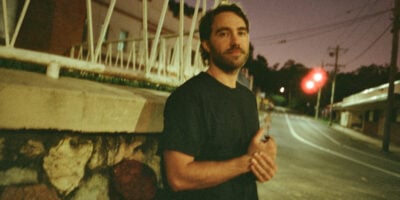If you want to get an Oasis fan talking, ask them what they think about Be Here Now. Very few albums in the history of rock are as loved or as loathed as much as Oasis’ third album.
The story of Oasis in 1996/97 is like the dog that chases the car for miles and then, once it’s caught up with it, doesn’t know what to do. Since their emergence in 1994, the band would tell anyone that would listen that they were going to be the biggest band in the world. After releasing two colossally popular albums in the space of 18 months – Definitely Maybe in August 1994 and (What’s the Story) Morning Glory? in October 1995 – and playing to ever-increasing crowds (particularly in Britain), their promise was actualising. Their ascendance culminated in playing to 250,000 people over two nights at Knebworth in August 1996, at the time the largest free-standing outdoor shows in British history. Oasis were well and truly the biggest band in the world (or at least the world they inhabited).
But where do you go after that?
The reality for Oasis post-Knebworth was another tour of America, a country where they were making in-roads but were far from the superstars they were at home. Liam Gallagher refused to join the start of the tour, leaving brother Noel to lead for a couple of shows. It wasn’t long after Liam re-joined the tour that it was Noel’s turn to abandon ship, as he travelled home without his bandmates. There was speculation that Oasis’ day was done.
This is the context in which Be Here Now was created.
As had been the case previously when things got fraught in the Oasis camp, heading into the studio was seen as the solution. Easing tensions through hard graft.
Having suffered from writer’s block after recording Morning Glory?, Noel pushed himself to get songs for the new album done during breaks in touring. Most of the songs that ended up on Be Here Now were demoed by Noel and producer Owen Morris during a stay at Mick Jagger’s villa on the island of Mustique. His new life as an international rock star heavily informed the lyrics he was writing, a stark contrast to the working class anthems of the first two albums.
Love Music?
Get your daily dose of metal, rock, indie, pop, and everything else in between.
Sessions at Abbey Road (where else?) were started then stopped due to complaints about noise and the unwanted media and fan attention recording in London was bringing. The bulk of Be Here Now ended up being recorded at AIR Studios in Hampstead and Ridge Farm In Surrey.
What eventually came out of the sessions was in some ways a cross-pollination of the sound of Oasis’ first two albums: taking the raucous guitars of their debut and the sumptuous production of their second album and turning everything up to eleven.
The lyrics teeter between being (faux) profound and poetic (‘Stand By Me’, ‘Don’t Go Away’, ‘D’You Know What I Mean?’) to, at their worst, absolute waffle (‘Magic Pie’, ‘Be Here Now’).
Musically, there are dense layers of trebly guitar everywhere (it’s believed at least one song has 30 tracks of guitar). Nine of the twelve tracks are longer than five minutes. There’s a choir, there’s an orchestra, there’s Johnny Depp playing guitar, there’s the sound of a door shutting to signify the end of the album.
Even the album’s release, on 21 August, was an over the top event with it hitting the shelves of British record stores in the middle of a chart week. It sold 424,000 copies in the UK on release day and sold 663,389 by the end of the chart week two days later, making it, at the time, the fastest-selling album in British history.
The story of Be Here Now is ultimately one about overindulgence, whether it be overindulgence of chemicals, fame, recording budgets or egos. It’s the first era of Oasis reaching its ultimate, fully-realised, ostentatious, riotous peak.


































